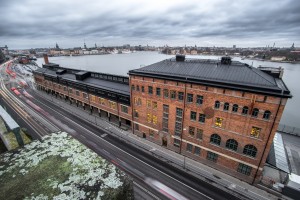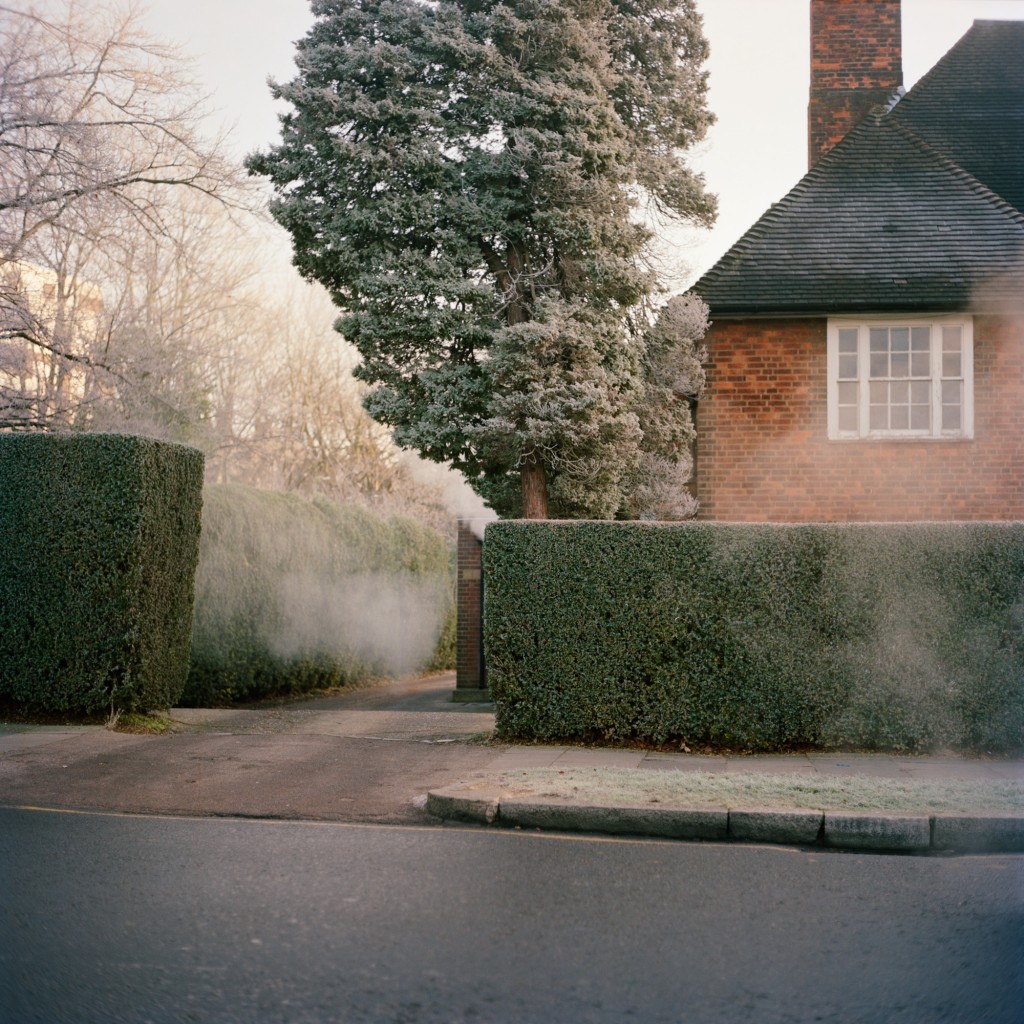
Fotografiska; photo: Giuseppe Milo via Flickr
Fotografiska in Stockholm, Sweden, is one of Europe’s great photographic successes, and a new kind of museum, opened in 2010. Pauline Benthede, Fotografiska’s Exhibitions Manager, tells Redeye’s Paul Herrmann the story behind the organisation.
Paul Herrmann (PH): What do you think are the key ideas about Fotografiska that encouraged people to support it – Fotografiska’s best or most inventive qualities?
Pauline Benthede (PB): Our best quality is that we aim to be a venue for all people – photography enthusiasts, amateurs, art lovers, and everyone in between. ”Photography is the technology to capture life. We provide and support life worth capturing.” Fotografiska is a meeting place for all kind of photography and visual culture – fashion, documentary photography, video art, examples of how photography can raise awareness on different social and political issues, and much more. This approach has been with us from the very beginning and is part of our DNA. We work as much on making our guests feel welcome no matter who they are, as we do on our exhibitions. And I believe our guests and supporters can feel this from the moment they step inside our venue. We also have many different kinds of exhibitions running simultaneously, with different genres. So if you arrive at Fotografiska to see, for example, a big exhibition on fashion photography, you might also experience an exhibition on a young, emerging video artist. That’s a balance we always aim for, so our guests can experience something unexpected that might deepen their interest even more and open up for new thoughts.
PH: What were the tipping points along the development process when you really felt there had been some progress?
PB: We have been completely independent from the very beginning, and up to the grand opening in 2010, we were also a very small team. Therefore I would say there was no real tipping point, but rather a steady process from the very idea of a meeting place for photography, to where Fotografiska is today. Through this process, we have been honoured to have many supporters who have believed in Fotografiska from the beginning. With this said, we are in a constant development, always aiming towards getting better on all areas, so the progress is never ending.
PH: Can you explain how the museum was, and is now, financed?
PB: We are completely private, which means we have no tax money income or other governmental funding to rely on. Our main revenue is the entrance fee.
PH: What do you think the photography centre or museum of the future will look like?
PB: I believe Fotografiska is in the frontline of a new kind of art experience, where it is not only about the exhibitions, but also about the atmosphere, the food, and being a meeting place. The exhibitions are our core activity, but many of the comments we receive from our guests also include the restaurant, the museum shop, and even how great our bathrooms are. An exhibition on a great photographer can certainly be fantastic, but if the access was bad, the information you received wasn’t great, or the meal you had afterwards left you disappointed, that will certainly lower your overall experience.
PH: Have you got any thoughts on how the growing number of archives and collections in photography might best be managed? Do you have your own collections?
PB: We have our own collection. It is partly based on donations from artists we have worked with, but also art works that Fotografiska has bought for the collection. Having been open for nearly six years only, the collection is of course still smaller than others, but increasingly growing.
PH: How are state photographic collections managed in Sweden?
PB: There are huge collections at the government organisations with national responsibility for collecting and preserving photography, however it is not too often that these collections are made available to the public.
PH: How can we balance decreasing funding with growing collections and archives? How can we increase the public interest in collections?
PB: Being completely independent, our collection is not depending on external funding.
We believe that the interest in photography in general, not only collections but also in exhibitions, is to speak to a larger audience. Photography is a worldwide used medium, an everyday tool for people to interact, share, and save moments. It’s closer than any other art form, and part of our daily lives. Therefore, in order to bring awareness on what photography is and can be, the history of the medium and its future, we need to speak to everyone. Not only to the academic or the professional, but to everyone who is part of our society and visual culture.
